|
Katmai National Park and Preserve is one of the most pristine parks in Alaska, but invasive plants pose a serious threat to the diverse ecosystems in the park. Invasive plants are characterized as plants that are introduced by humans, intentionally or unintentionally, to areas where they have not existed before and have the ability to establish and outcompete native species. Katmai has relatively few invasive plants in the park and the Exotic Plant Management Team aims to control the spread and minimize the negative impacts that invasive species can have on native plant communities. As a visitor, you can do your part to prevent the spread of invasive plants by thoroughly cleaning your gear and boots in between uses. 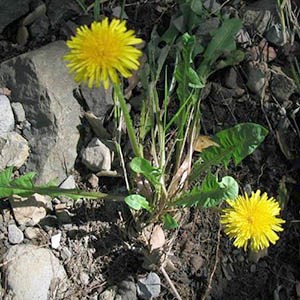
NPS Photo/Santa Monica Mountains National Recreation Area Common Dandelion (Taraxacum officinale ssp. officinale) 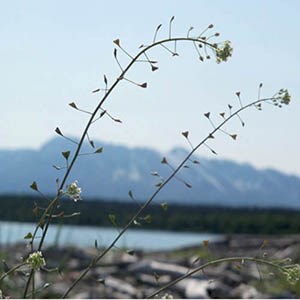
Shepherd’s Purse (Capsella bursa-pastoris) 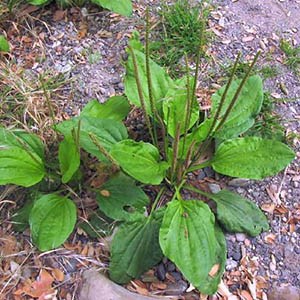
NPS Photo/Santa Monica Mountains National Recreation Area Common Plantain (Plantago major) 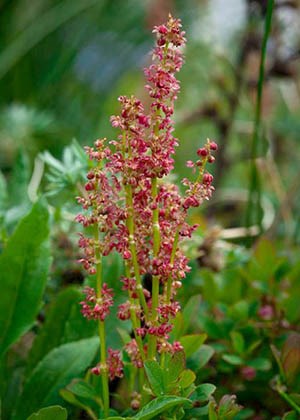
NPS Photo/Denali National Park And Preserve Sheep Sorrel (Rumex acetosella) 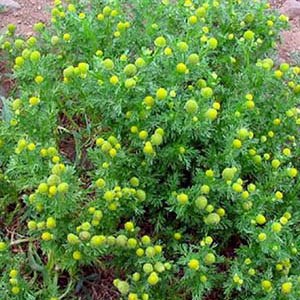
NPS Photo/Santa Monica Mountains National Recreation Area Pineapple Weed (Matricaria discoidea) Mouse-ear Chickweed (Cerastium fontanum) Prostrate Knotweed (Polygonum aviculare) Narrowleaf Hawksbeard (Crepis tectorum) Bird Vetch (Vicia cracca) Elodea |
Last updated: October 11, 2016
